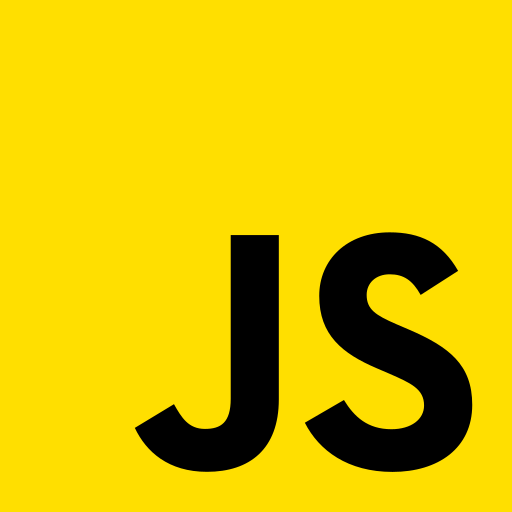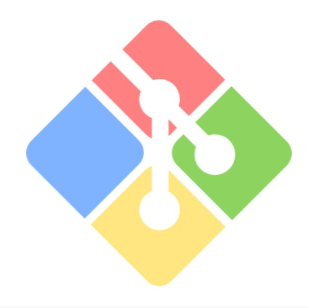Memory Game
This project aims to create a memory game where players must find 8 pairs of hidden images in the shortest time possible. The images are randomly arranged on a grid. The game allows for multiple rounds, resetting the position of the images for each new round. Users can uncover two images at a time, accumulate pairs, and the best time is recorded for each session.
Skills required:





In this project, we successfully accomplished the design and development of a memory game application. The main objective was to create an interactive experience that tests players' memory while being entertaining.
The project was comprehensive, involving user interface design, game logic development, time management, tracking of matched pairs, and score management. We used native JavaScript, avoiding external libraries, which required a strong programming expertise.
The user interface was crucial for accessibility and engagement. We created an visually appealing game grid where images were initially hidden. Interactive buttons allowed players to start a new game or end the current one.
The game logic was at the core of the project. Players had to click on two images to flip them. The code handled image comparison, time management, tracking of matched pairs, and displaying congratulatory messages when all pairs were found.
We worked as a team following the Scrum methodology, holding planning, review, and retrospective meetings to organize our work.
This project demonstrates our ability to tackle technical challenges, meet deadlines, and create a high-quality interactive application. It is the result of our collective commitment to produce an entertaining and challenging memory game for users. While the project is completed, it remains a key achievement in our web development journey.